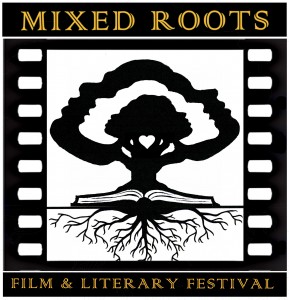Bodies with Histories: The New Search for the Biology of Race
Boston Review
May/June 2012
Anne Fausto-Sterling
Department of Molecular and Cellular Biology and Biochemistry, Program in Women’s Studies, and Chair of the Faculty Committee on Science and Technology Studies
Brown University, Providence, Rhode Island
Richard C. Francis, Epigenetics: The Ultimate Mystery of Inheritance. W. W. Norton, $25.95 (cloth)
Ann Morning, The Nature of Race: How Scientists Think and Teach about Human Difference. University of California Press, $26.95 (paper)
Dorothy Roberts, Fatal Invention: How Science, Politics, and Big Business Re-create Race in the Twenty-first Century. New Press, $29.95 (cloth)
Have you heard this one? A sociologist, a lawyer, and a biologist walk into a bar, scoot their stools up to the counter, order drinks, and begin to chat. Suddenly, a booming voice (God, the bartender?) envelops them. “What is the meaning of race?” the voice asks.
While the question may seem straightforward on its face, it quickly spawns further questions, often vexing. Is race purely a political construct, or is it biologically encoded? Certainly there are aspects of human biology—skin color, hair color, the presence or absence of epicanthic folds, etc.—that are commonly associated with racial differences, but is race just the sum of these physical features, with all of the overlaps, exceptions, and ambiguities they involve? How do genes factor into the story? And what connection—if any—is there between biological markers of race and the social experiences of racial groups?
Each of the three drinking buddies has a lot to say to God or Sam Malone, and, by the way, their responses don’t end in laugh lines. The biologist, Richard Francis, engages other issues, though his concerns directly affect how we answer the loud voice. But the sociologist, Ann Morning, and the lawyer, Dorothy Roberts, are narrowly focused on the science of race and how medicine mediates racial experience. And with good reason: in the United States people of a darker hue (on average) die sooner than pink-skinned people. They are afflicted with higher rates of particular diseases, such as high blood pressure, strokes, and kidney failure. So the race you’re born with, or, rather, which race you are born into, might mean a healthier, longer life—or not.
These days large numbers of medical research dollars are devoted to finding genetic differences between races that might explain health disparities. But many students of biology and race, and at least some of our bar mates, think that is a bad idea. They are not against medical research per se but against bad research. Instead of looking for genes that cause race and attending health outcomes (the standard approach) they point to evidence strongly suggesting that everyday events alter our bodies, making them sicker or more resistant to disease—events that the political economy ensures are more or less common depending on which racial categories one is assigned to. Indeed, it may be that biology doesn’t create race but that racial marking creates new biological states via processes that all three of these thinkers discuss in new books…
Read the entire review here.


